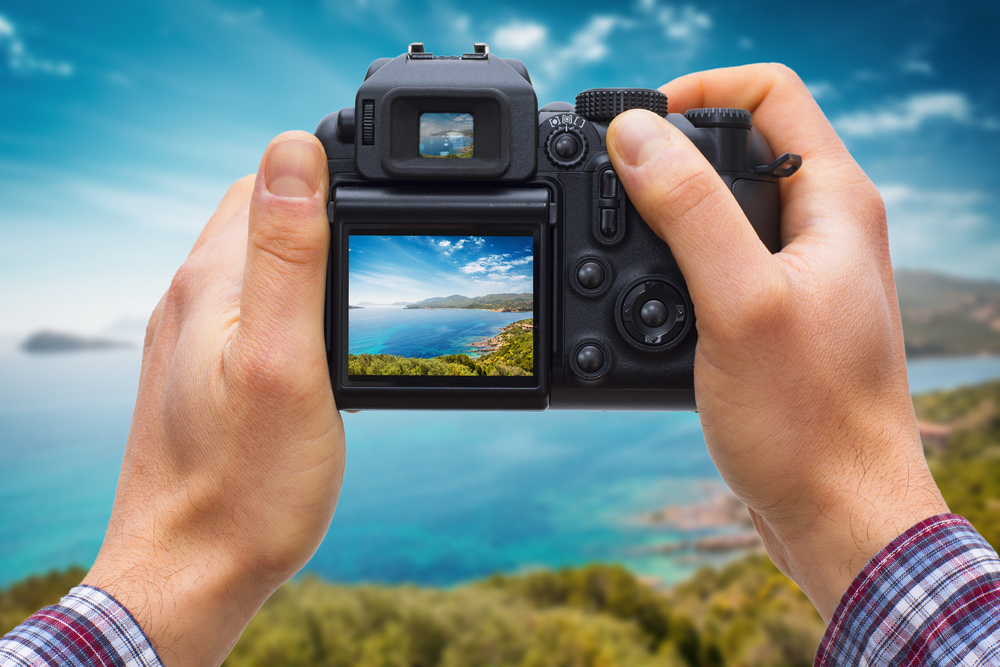The mirrorless camera has made a name for itself in the world of digital photography while being a relative newcomer to the field.
The DSLR camera has dominated as the tool of choice for both amateur and professional photographers for many years. But with the advent of mirrorless cameras, everything is going to change. A smaller, lighter, but no less capable alternative to the powerful DSLR camera is offered by the mirrorless camera, which combines the functionality of a DSLR with the portability of a point-and-shoot camera.
What is a Mirrorless Camera?
Best mirrorless Cameras Using a digital imaging sensor rather of a moveable mirror and pentaprism to reflect a digital preview of what the lens is seeing through the electronic viewfinder, a camera is described as a small camera system with interchangeable lenses (EVF).
The mirrorless camera is lighter and smaller because it lacks the mirror system commonly seen in DSLR cameras. The main benefit of a mirrorless camera is likewise this. Full-frame, APS-C, Micro Four Thirds, and 1-inch imaging sensors are available for mirrorless cameras.
Also read: How to Choose the Best Action Camera Flashlights
How Does a Mirrorless Camera Work?
You can almost understand how mirrorless cameras operate if you are familiar with how a DSLR camera operates.
Shooting
A reflex mirror is placed in front of the sensor of a DSLR cameraand light enters the lens through the aperture opening. This light is then reflected, together with the picture the camera is capturing, up into the pentaprism, where it is then sent to the optical viewfinder.
The light entering via the lens of mirrorless cameras passes directly to the sensor since they lack the mechanical mirror mechanism. The digital data it has obtained is subsequently sent to the LCD panel or the electronic viewfinder.
Autofocus
There are three types of autofocus (AF) systems:
Phase detection
DSLR cameras frequently use phase detection, which compares pairs of pictures created by splitting the incoming light using the mirror. The light is directed onto the autofocus sensor using a beam splitter, which is made up of a portion of the primary mirror and a smaller secondary mirror. The data is then examined to determine the proper focus.
Contrast detection
Contrast detection, which is used by the majority of mirrorless cameras, determines focus by evaluating the contrast between the pixels on the sensor. When the algorithm notices the greatest contrast between pixels, it determines the proper focus.
Hybrid autofocus
What are the Benefits of a Mirrorless Camera?
Lightweight and compact
Mirrorless cameras have an advantage over DSLRs due to their small size and lightweight portability, as was already established. Particularly with the smaller and lighter Micro Four Thirds MILCs than APS-C mirrorless cameras, this is true.
The mirrorless camera is able to shed the weight and bulkiness in favour of a smaller, >ore portable design since it does not have the mirror and focusing components that are often found in DSLR cameras.
Silent operation
Mirrorless cameras are often more quieter than DSLR cameras since they have less moving components and systems. This is a crucial consideration for photographers who want a discrete, silent camera.
Better video quality and autofocus
Most mirrorless cameras, from entry-level to high-end models, come with high video resolution (4K and 1080p) as standard equipment. However, if you want to be able to capture 4K or Ultra HD video with a DSLR. You will often need to get a higher-end model. The fact that MILCs often perform better while taking video is another benefit.
Although this is primarily a generality, DSLR cameras are infamous for having poor video autofocusing. Some DSLR models, such the Canon EOS 70D and 80D, have really improved at maintaining focus when in video mode.
Do Professionals Use Mirrorless Cameras?
Yes, to answer briefly. Professionals are fully aware of what a mirrorless camera is and how to best utilise it. When they are on the road or in crowded places, require a smaller or more silent camera to pass undetected, or want to shoot video, they choose a mirrorless camera.
Mirrorless cameras are popular among photographers who specialise in wildlife, action, street, and events. They don’t necessarily solely use mirrorless cameras, though. Many seasoned photographers have many cameras in their arsenal. Why not take advantage of both DSLR and mirrorless camera types when you can mount the same lenses with an adapter?
Which Brand is the Best for Mirrorless Cameras?
The finest professional mirrorless camera is something that many businesses strive to offer. As a result, practically all DSLR manufacturers have expanded their selection to include mirrorless cameras. The brand does not, however, determine which camera you should purchase. Questioning what a mirrorless camera means for your photography is a better alternative.
Once you understand what a mirrorless camera is, choosing a brand that checks the majority of the items on your list will be simple. Perhaps you desire a full-frame sensor, effective AF systems, or a variety of lens choices. Despite the extensive list of features, picking a camera boils down to your particular preferences, your photography routine, and probably the brand you are already familiar with and have purchased lenses for.



